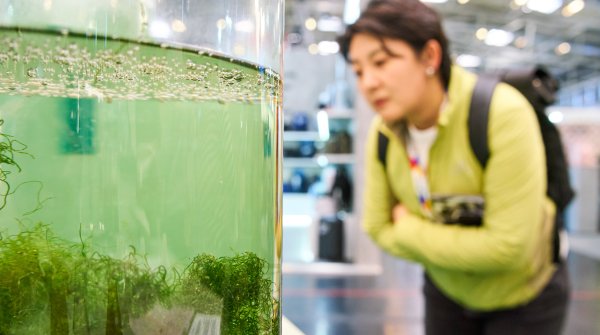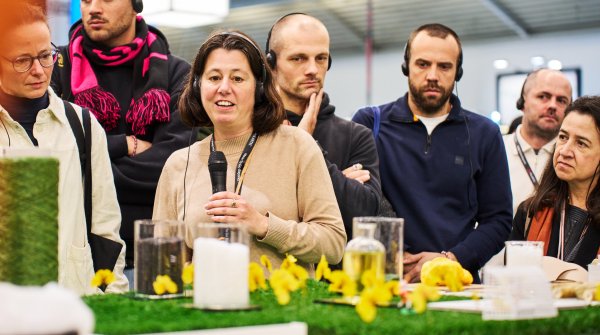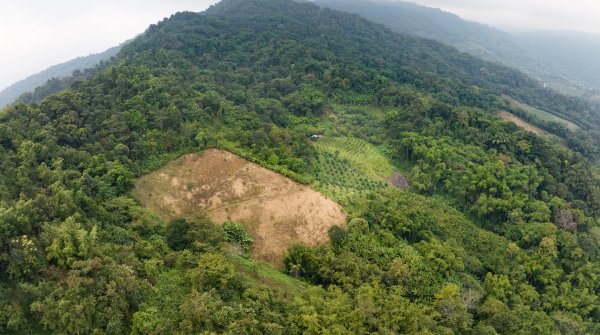Eco-design plays an important role in the sustainable transformation of the sports and outdoor industry. And bio-based materials are an important key to lower emissions and circularity. In the Sustainability Hub at OutDoor by ISPO, we will once again be presenting around 20 innovative, high-performance and recyclable source products for your textile designs or packaging in the Material Lab - made from agricultural waste, algae, seagrass, olive pits and much more. The Material Lab shows the entire life cycle and the development of the materials from the raw components through the intermediate stages to the finished product. In the Material Lab Guided Tour, daily from 3 p.m., we will introduce you to the companies, start-ups and pioneers and their products. Be inspired to create a new, CO₂-low eco-design!
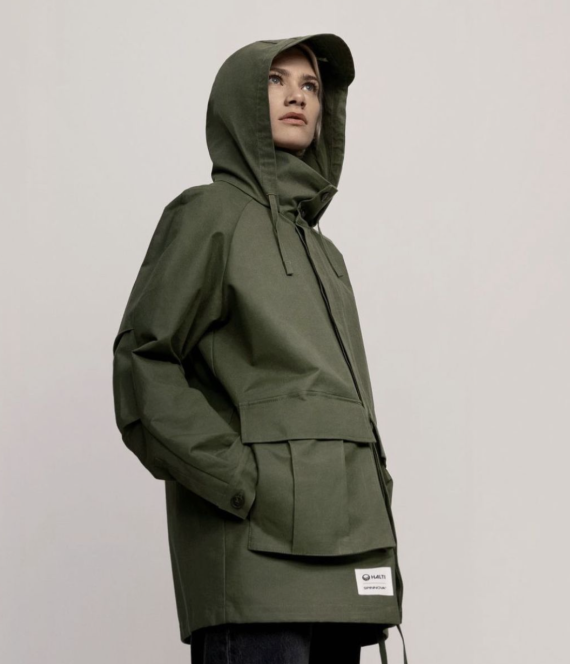
A cellulose-based textile fiber made from wood shavings that mimics how spiders weave silk for their webs. Spinnova fibers are soft to the touch, breathable and feel similar to cotton. And they biodegrade within a few months in nature or in the sea.

Novel bio-based, biodegradable and elastic materials made from waste products from the food industry - such as olive pits, banana or walnut shells. The granulate can be used to make shoes, camping equipment, tools or toys, for example.
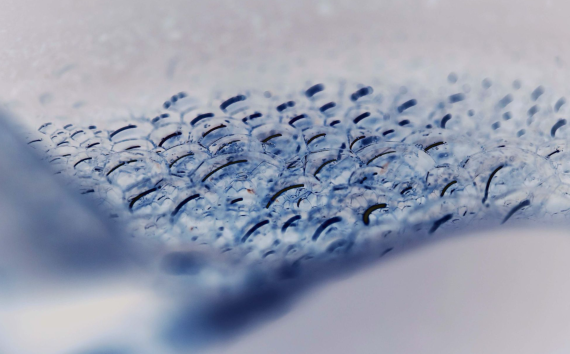
Hemp is one of the oldest crops in the world. The fibers are malleable, abrasion-resistant and can be processed into a variety of textures and looks - including a leather substitute, the production of which only emits 0.3 % of CO2-emissions that occur during conventional leather production.
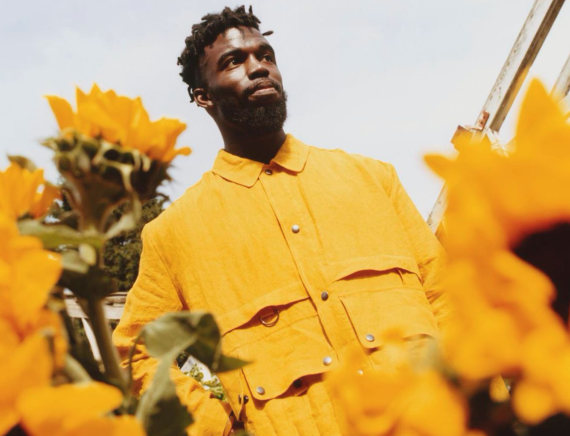
Sunflowers are part of regenerative agriculture - and are now also a raw material for textile fibers, natural dyes and water-repellent coatings. The fibers come from the stalks of the flower, the protective coating from a by-product of the sunflower oil industry.
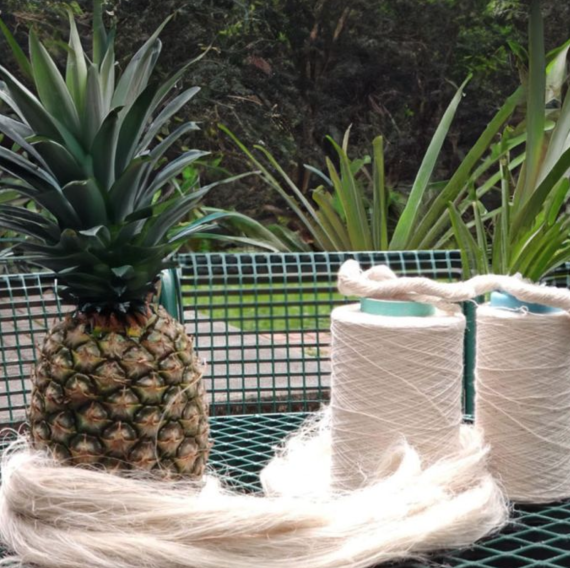
The innovation uses waste from pineapple cultivation that is left over after the pineapple fruit has been harvested. It is processed directly on site in Bangladesh, which not only reduces CO₂ is saved, but more than 100 jobs have also been created.
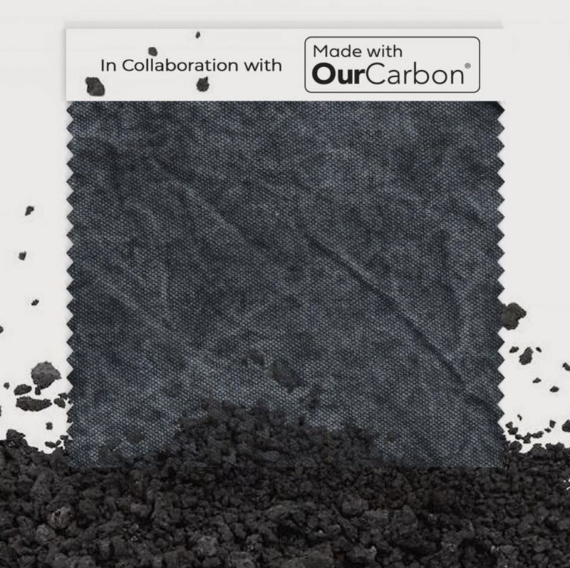
In a pyrolysis process, organic waste is converted into a CO₂-neutral raw material and a black pigment that can be used to dye textiles or bioplastics.
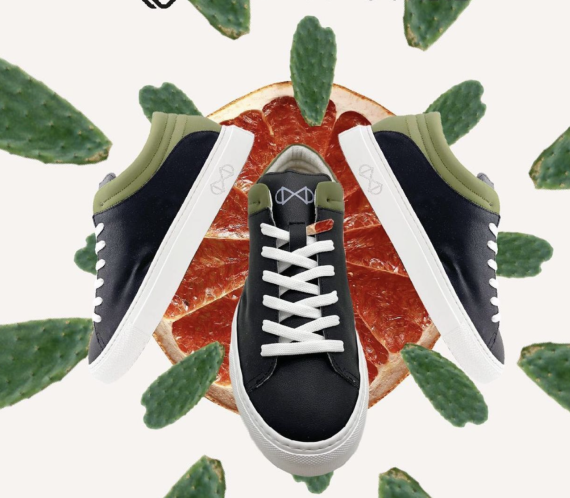
Alternative luxury leather made from orange and cactus waste from the food and cosmetics industry in Sicily. The raw materials are transformed into a liquid biopolymer that can then be applied as a coating to a textile substrate.
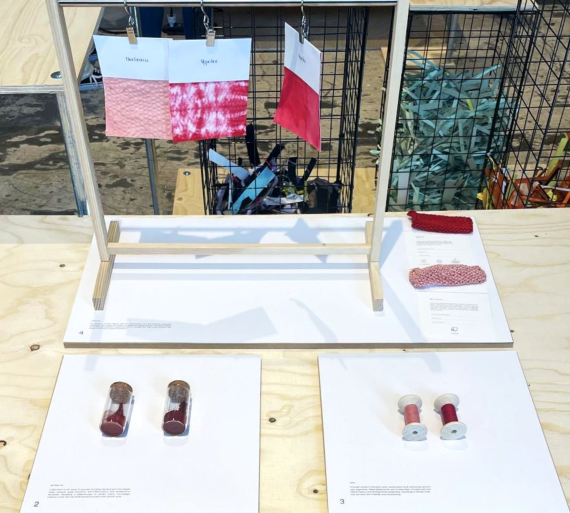
A textile base or color pigment made from microalgae. It acts on the skin as an anti-oxidant and has anti-inflammatory properties, so it relieves symptoms such as itching and shields the skin from external bacteria.
Material Futures Masters at Central Saint Martins, University of Arts London
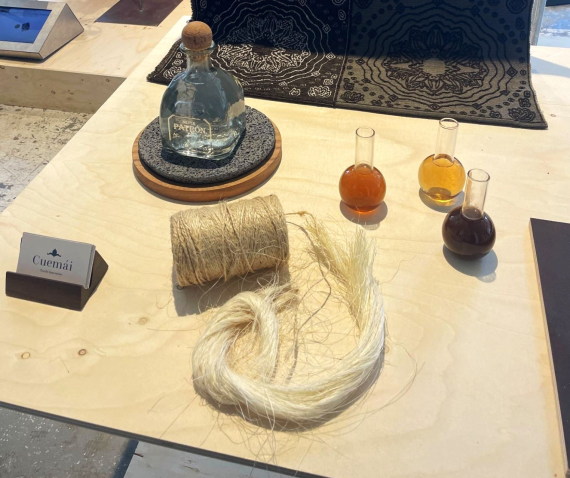
A textile base or color pigment that is made from the algave residues that are left over from tequilla production. The pigment is 100% bio-based and enables sustainable coloring for various industries and dyeing techniques.
Material Futures Masters at Central Saint Martins, University of Arts London.
- ISPO awards
- Mountain sports
- Bike
- Design
- Retail
- Fitness
- Health
- ISPO Job Market
- ISPO Munich
- ISPO Shanghai
- Running
- Brands
- Sustainability
- Olympia
- OutDoor
- Promotion
- Sports Business
- ISPO Textrends
- Triathlon
- Water sports
- Winter sports
- eSports
- SportsTech
- OutDoor by ISPO
- Heroes
- Transformation
- Sport Fashion
- Urban Culture
- Challenges of a CEO
- Trade fairs
- Sports
- Find the Balance
- Product reviews
- Newsletter Exclusive Area
- Magazine






